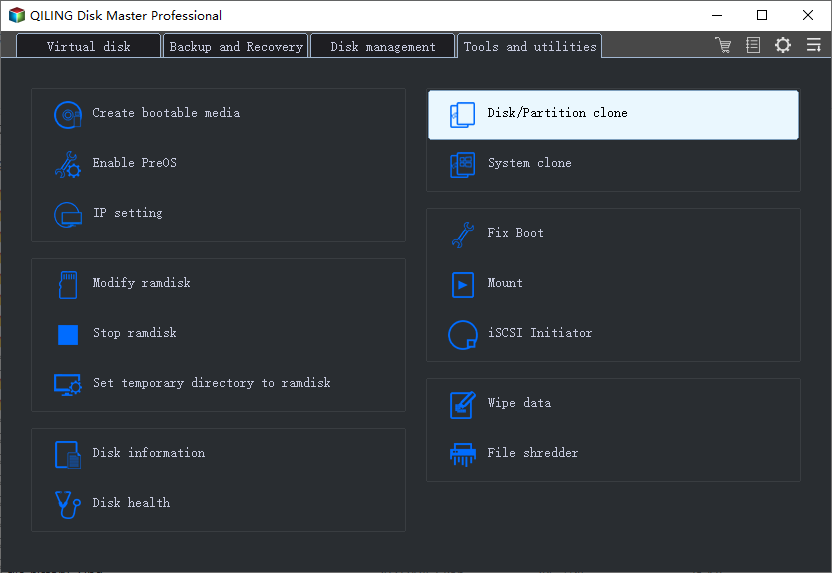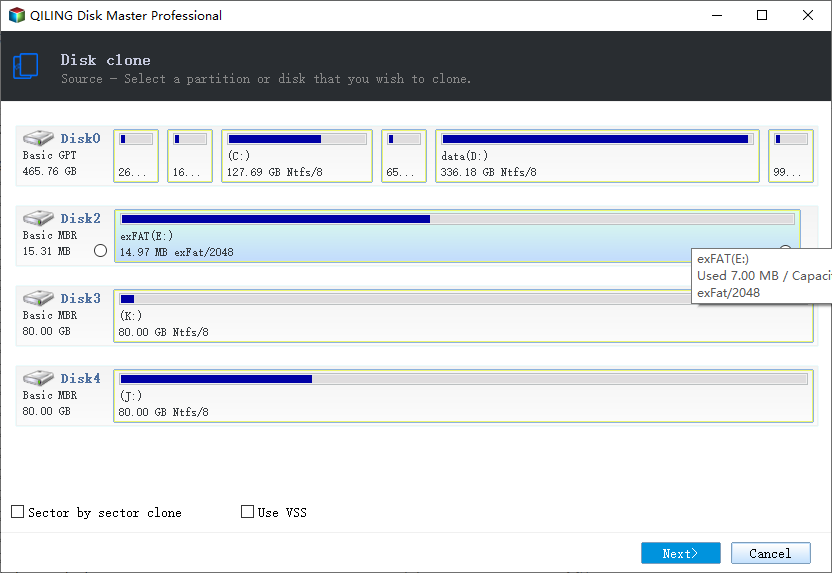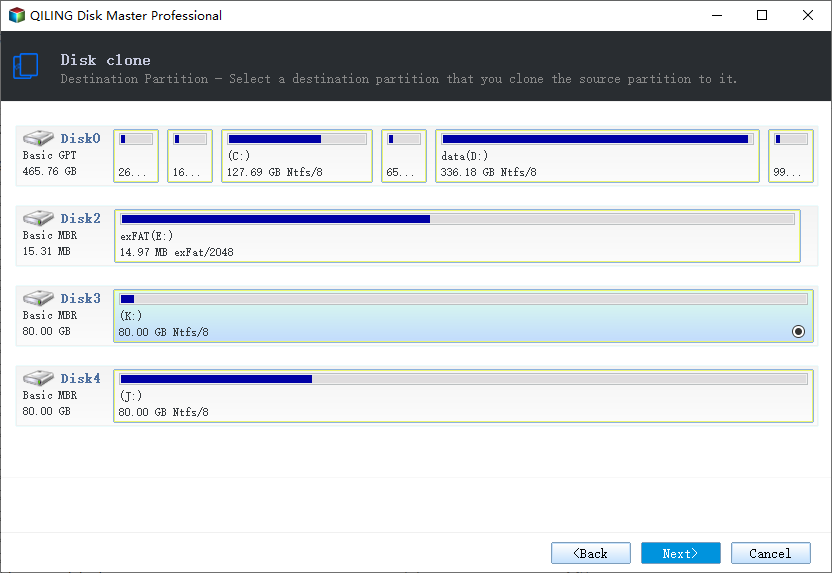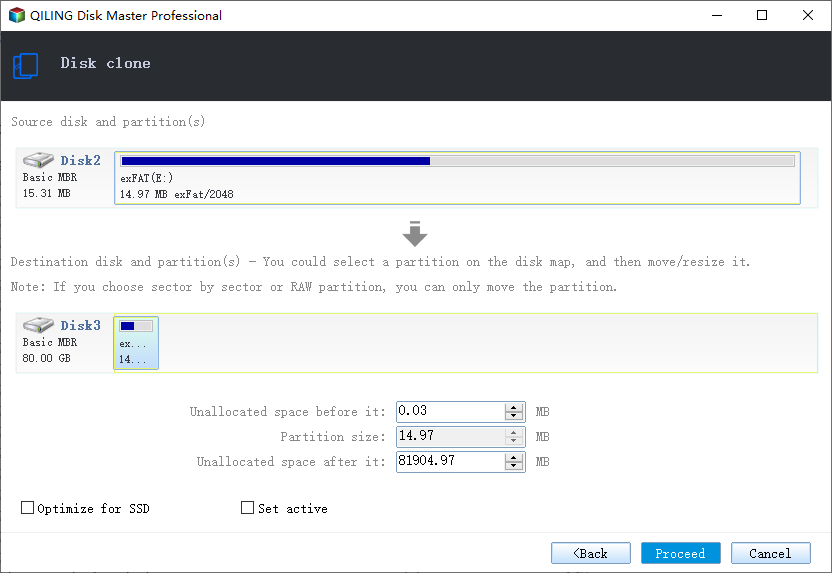How to Install Games on SSD
PC Gamers: Should I Install Games on HDD or SSD
Installing games on an SSD (solid-state drive) can make a significant difference compared to an HDD (hard disk drive), as it provides faster loading times, quicker access to game data, and improved overall performance. The SSD's ability to read and write data quickly can reduce loading times, make game menus and options more responsive, and even improve frame rates in some cases. However, the actual performance difference may vary depending on the specific game, system configuration, and usage patterns.
Installing games on a solid-state drive (SSD) can indeed provide a noticeable improvement in load times and potentially even frame rates (fps). This is because SSDs have much faster read and write speeds compared to traditional hard disk drives (HDDs). The faster access times and lower latency of SSDs allow for quicker loading of game assets, levels, and other data, resulting in faster overall gameplay experiences.
Yes, it's possible to move games from your 1TB HDD to the 120GB SSD without reinstalling them. You can use the "Move" feature in Steam to transfer your games to the SSD. This will allow you to play your games from the SSD without reinstalling them. However, keep in mind that you'll need to have enough free space on the SSD to accommodate all the games you want to move.
PC gamers are concerned about installing games on HDD or SSD, as each type of drive has its own merits. HDDs are large and cheap, but slower and noisier, while SSDs are faster and quieter, but more expensive, especially for larger capacities.
Here, I'd persuade gamers to install games on an SSD, as it's worth the cost for anyone with high-end hardware, as standard HDD storage is one of the slowest components, resulting in faster load times due to the SSD's high data transfer speed and low access time.
Upgrade SSD for Games? How to Move Games from HDD to SSD
As soon as you decide to install games on an SSD, get one and move your games to it. You don't need to reinstall all your games, which can be time-consuming. Use Qiling Backup, a disk cloning software that supports single partition cloning, to clone the partition where your games are stored to the new SSD, saving you the hassle of reinstalling the games. You can then start moving games from your HDD to your SSD.
Step 1. Launch Qiling Backup and click "Clone".

Step 2. Choose the source disk you're going to clone. Here, choose the HDD. Click "Next".

Step 3. To largely improve the SSD performance after cloning, please select the destination disk as the SSD, and then choose an additional option to optimize the SSD performance.

Step 4. Preview a disk layout and click "Proceed". It usually takes a while for the software to clone an HDD to an SSD depending on the size of the source disk.
If the destination disk is an SSD, select the "Optimize for SSD" option.

Related Articles
- How to Move Windows 8/8.1 to SSD Without Reinstalling Windows and Applications
- Clone Windows 10 OS to New SSD Without Reinstallation
- How to Backup SD Card to Google Photos [Everything Your Need to Know]
- How to Copy HP Recovery Partition to New Hard Drive
- USB Bootable Software & Bootable USB Creation Tool
- 7 Best Free Imaging Software for Windows 10/8/7